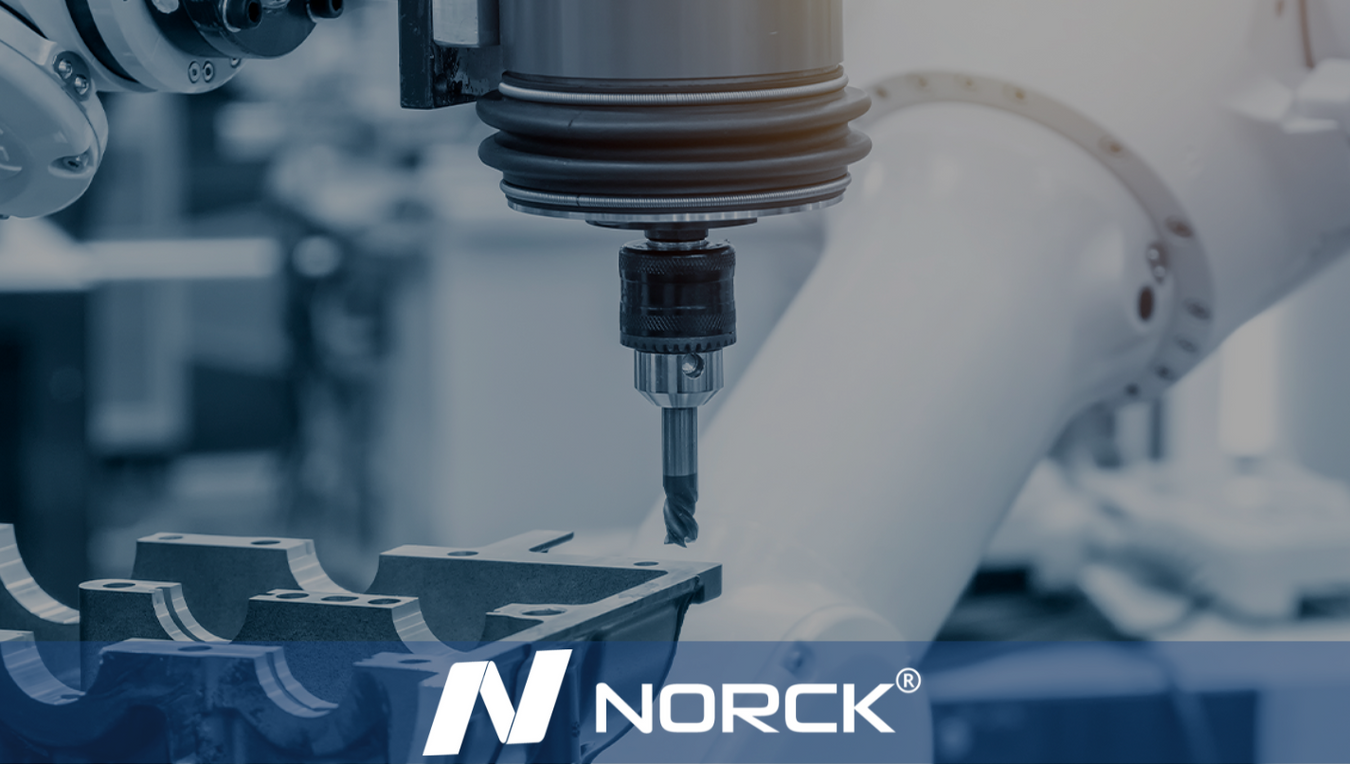
Precision Component Manufacturing with CNC Machining
Unlock the vast mount of CNC machining capacity with Norck for custom component manufacturing, precision metal and plastic manufacturing.
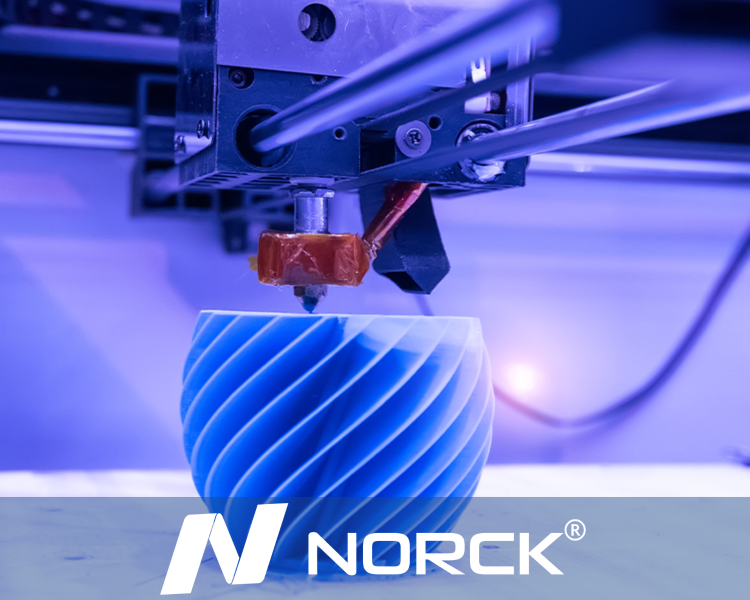
Norck: Your Partner for Innovative Plastic 3D Printing Solutions
Norck delivers a wide range of plastic 3D printing services, empowering engineers, designers, product developers, and manufacturers across diverse industries to turn ideas into reality, from prototypes to end-use parts.
Capabilities for Plastic 3D Printing Success:
Norck's Engineering Edge: It's About More Than Just Printing
Why Choose Norck for Plastic 3D Printing?
Plastic 3D printing is an additive manufacturing process that uses plastic materials to produce parts and assemblies. It helps turn designs into scaled prototypes as close to the designed model. It is mainly used in the earliest stages of product development and can be used in conceptual models, functional prototypes, tooling, electronics, jewelry, and medical industries.
3D printing requires 3D CAD models to print a part or assembly. The 3D models can be made using parametric CAD software such as Solidworks and CATIA V5, or Subdivision modeling software such as 3DS and Blender.
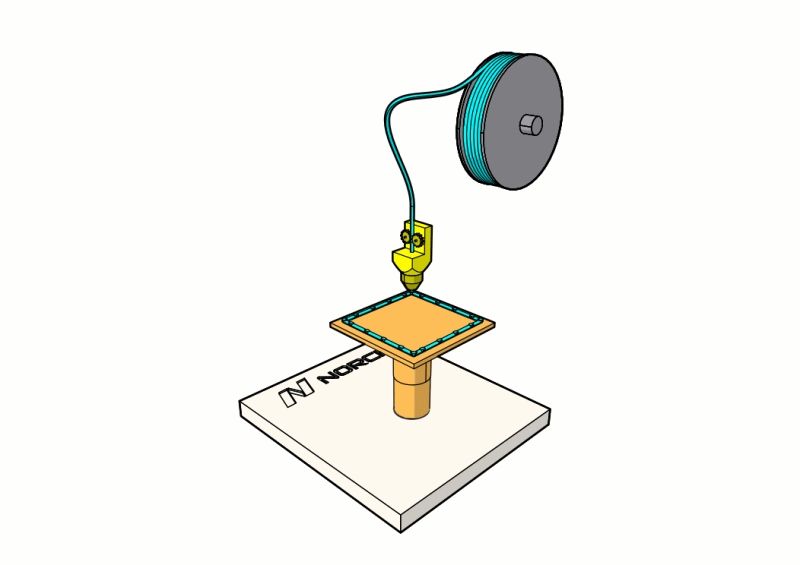

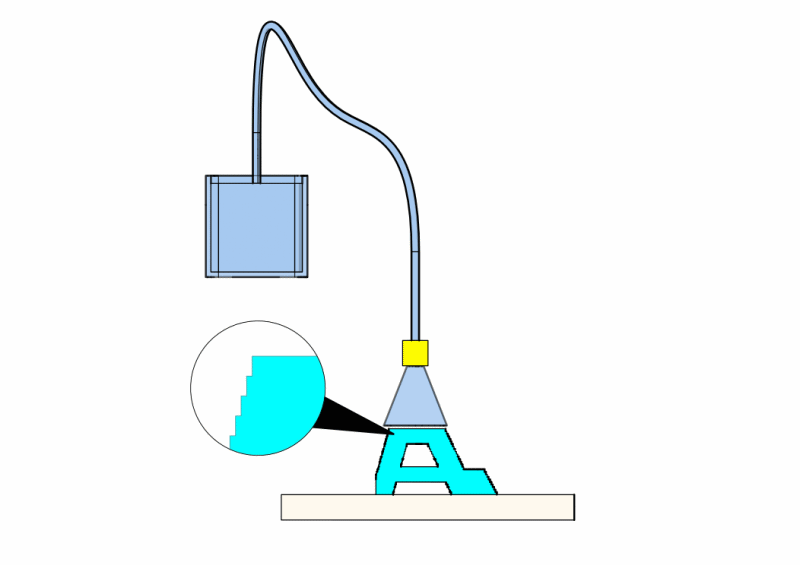
- Plastic 3D printing is used over metallic 3D printing processes due to:
• Most cost-effective
• Various plastic and elastomeric materials can be used
- Although there are dis advantages to using plastic 3D printing:
• Weaker results compared to metallic 3D printing
The 3D printer slices the 3D model into several cross sections and prints them layer by layer. At Norck, we offer the following 3D printing methods for plastic parts/assemblies:
1. Fused deposition modeling (FDM): FDM is the most popular and most cost-effective of the 3D printing processes. It uses a filament of a thermoplastic material such as PLA and ABS. The filament passes through a hot nozzle that melts it, and using a computer-controlled system, the nozzle moves along two axes and deposits the melted material on a platform. When a whole layer of the desired shape is deposited, the nozzle moves up to deposit the next layer. Once the 3D printed model is finished, it can be removed from the platform. Post-processing might be required to remove any excess material and burrs or to smooth surfaces.
- Most used materials:
• Polylactic acid (PLA)
• Acrylonitrile butadiene styrene (ABS)
• Polyethylene terephthalate (PET)
• Thermoplastic polyurethane (TPU)
• Poly-ether-ketone (PEEK)
• Polyphenylsulfone (PPSU)
2. HP Multi Jet Fusion: It is a 3D printing method invented by Hewlett-Packard. In HP multi-fusion jet, the 3D printer slices the 3D model into several cross sections and prints them layer by layer. Each layer of powder material is deposited upon a print bed by a material depositing unit. Then a thermal unit moves across the print bed to deposit a fusing agent and detailing agent. The fusing agent is deposited where powder particles should fuse, and the detailing agent is applied to the contour to help cool the part. The thermal units also contain infrared light to merge the particles and form the desired shape.
Once the 3D printed model is finished, it should cool down before being removed from the platform. Post-processing might be required to remove any excess material and burrs or to smooth surfaces.
- Most used materials:
• PA 11
• PA 12
• PA 12 40% GF
• PP
3. Selective laser sintering (SLS): It uses a laser to sinter a bed of powder-based materialsto turn the powder into solid products. Materials used in SLS are more fragile than those used in FDM or SLA. Printed models can be finished using sanding, polishing, or spray coating. SLA parts have higher accuracy and smoother surfaces than SLS and FDM.
- Most used materials:
• PA 11
• PA 12
• PA GF
• PA FR
• Ceramics
• Glass
4. Stereolithography (SLA): SLA 3D printing uses a bath of UV-sensitive liquid resin and an ultraviolet laser beam to solidify the liquid layer by layer. The laser beam is computer controlled. The solid layer is pulled up, and the next layer is processed. Once the 3D printed model is finished, it can be removed from the platform and submerged in isopropyl alcohol to remove any excessive resin. Then the model gets exposed to passive UV light. SLA models are less rigid than FDM printed models.
- Most used materials:
• Polycarbonate-like Resin
• Polupropylene-like resin
5. Polyjet: The polyjet process is similar to inkjet printing. It jets drops of liquid photopolymer onto a printing bed. Next, UV light is used to solidify the deposited layer of photopolymer. Generally, no post-processing is required.
- Most used materials:
• Polycarbonate-like Resin
• Polupropylene-like resin
• Rubber-like resin
6. Carbon DLS: Carbon Digital Light Synthesis is a 3D printing process that uses a UV-sensitive resin to produce the desired model. In this process, a light source is used to project UV cross sections of a 3D model on a window, which transforms the resin.
- Most used materials:
• Elastomeric resin
• Flexible resin
• Rigid resin
• Silicone
• Cyanate ester
• Urethane Methacrylate
• Epoxy
• Medical ABS-like
7. Vapor smoothing: It is a post-process for 3D printed parts with a coarse surface finish to smooth and enhance their mechanical and visual aspects. Vapor smoothing uses chemical vapor solvents to smooth the 3D-printed part by melting the surface.
- It is used with most polymers and elastomers, such as:
• ABS
• PP
• PC
• PLA
• PETG
• PA 12
• ASA
Parts and assemblies should follow specific design rules to be printed correctly. Norck offers engineering services that will help you confirm your design for 3D printing.
Norck is a technology-powered manufacturing leader specializing in CNC machining, 3D printing, sheet metal fabrication, and injection molding. Our intelligent, data-driven approach ensures exceptional quality, optimized costs, and seamless supply chain management for companies worldwide.
Key Services:
Why Choose Norck?
Experience the Norck difference. Get a quote fast for your manufacturing needs today!

Unlock the vast mount of CNC machining capacity with Norck for custom component manufacturing, precision metal and plastic manufacturing.
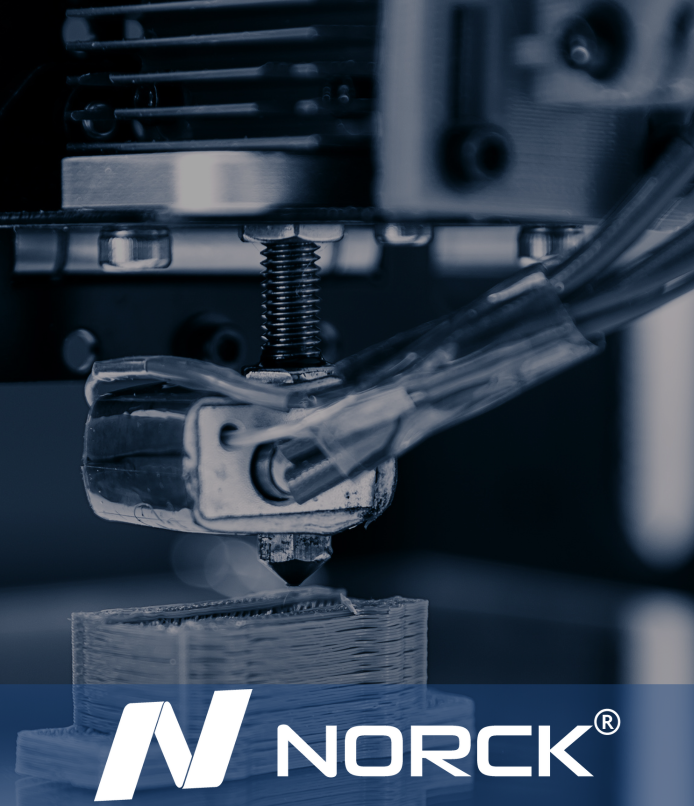
Whether you need 3D-printed parts in plastic or metal, Norck has the right capacity and solution for you.
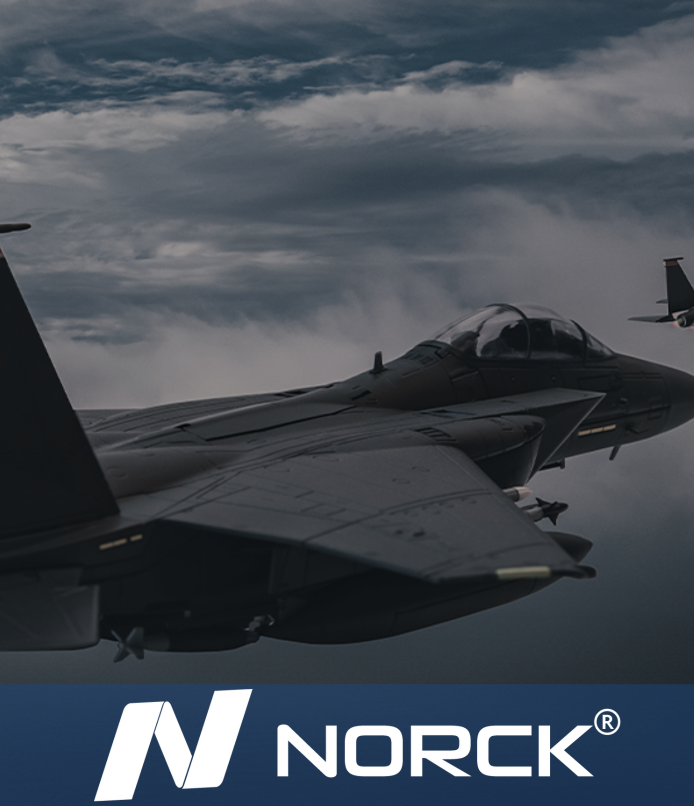
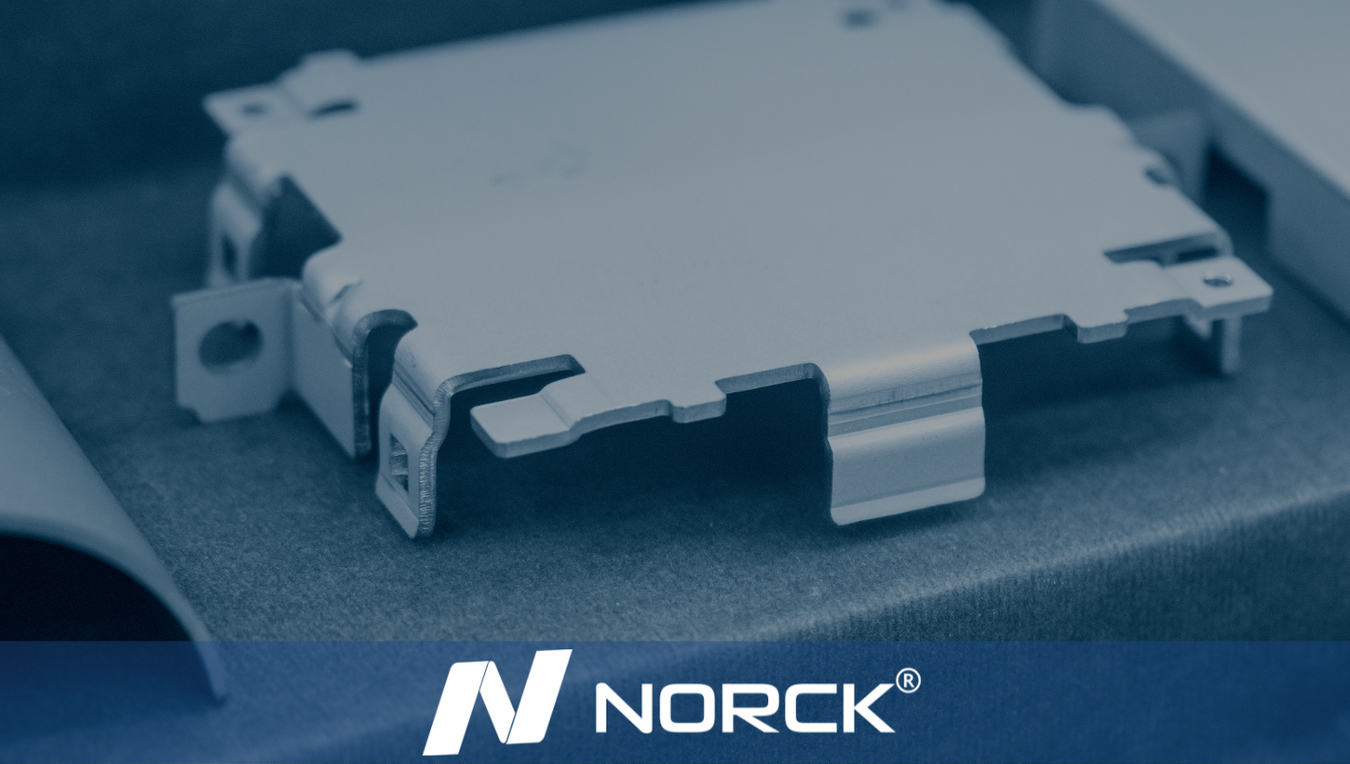
Thousands of companies around the world rely on Norck's vast capacity and its extremely qualified capabilities to get their sheet metals fabricated.
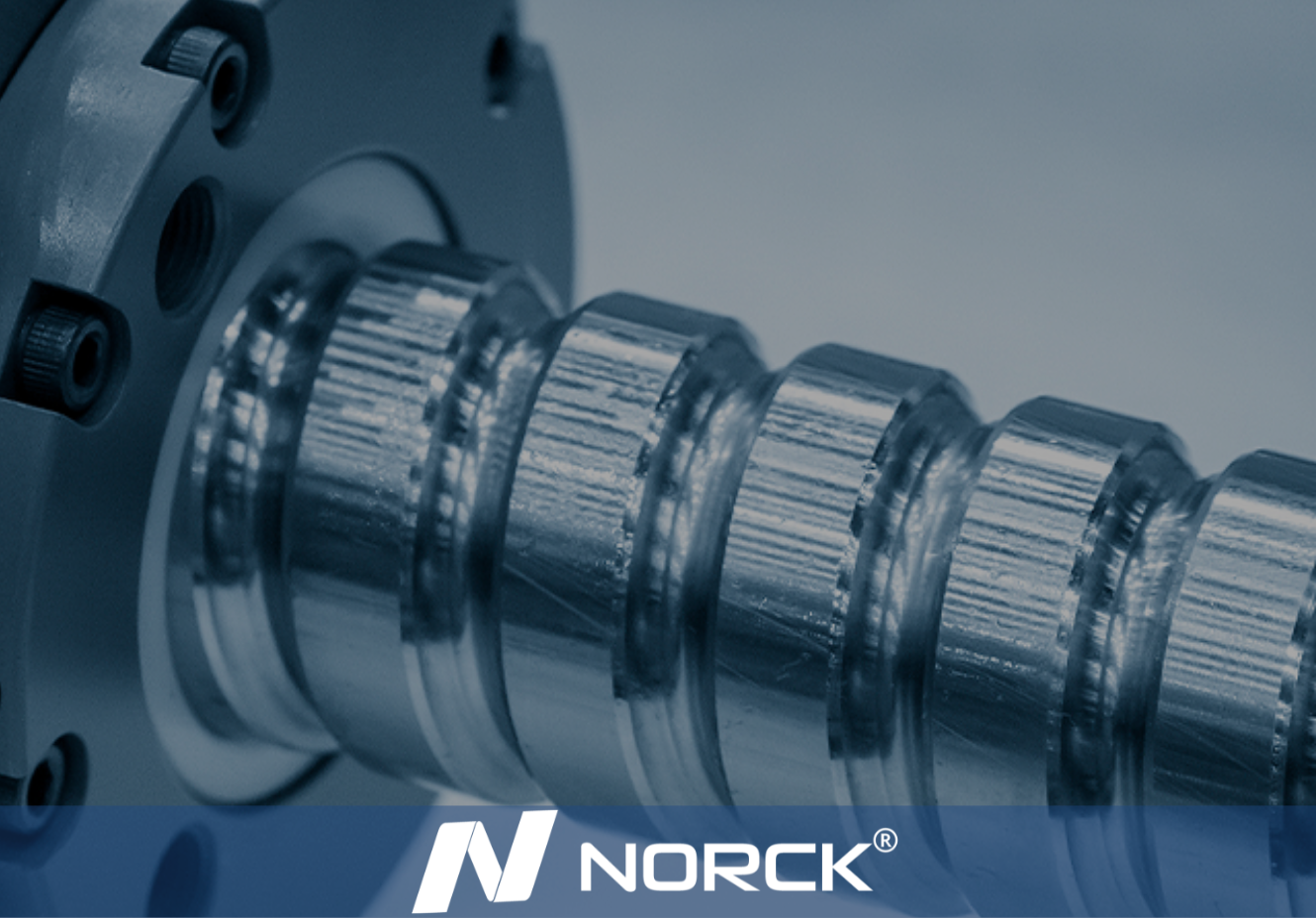
Norck's advanced CNC machining capabilities include precision turning, milling, grinding, and honing.
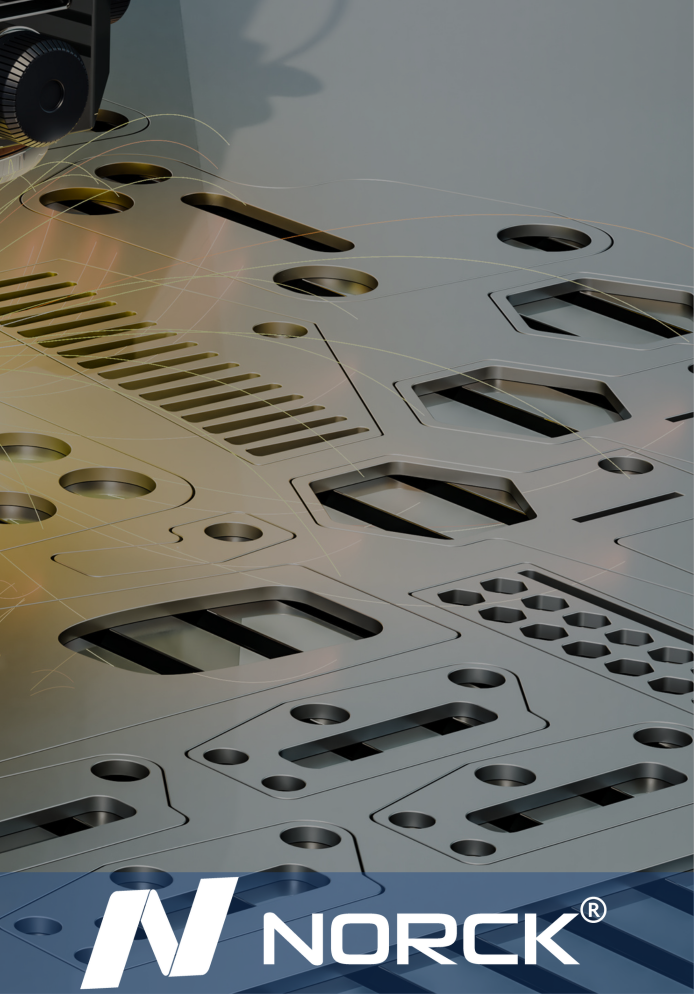
Norck provides precision CNC cutting services such as laser cutting, plasma cutting, and waterjet cutting.
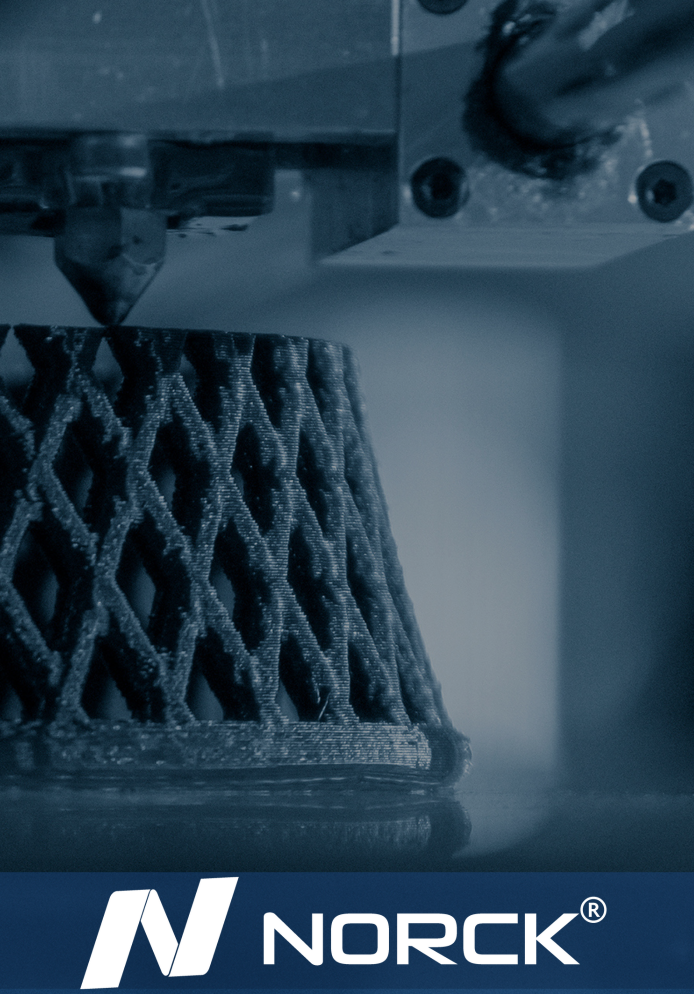
Norck's on-demand 3D printing and additive manufacturing services include nearly all 3D printing methods and technologies.
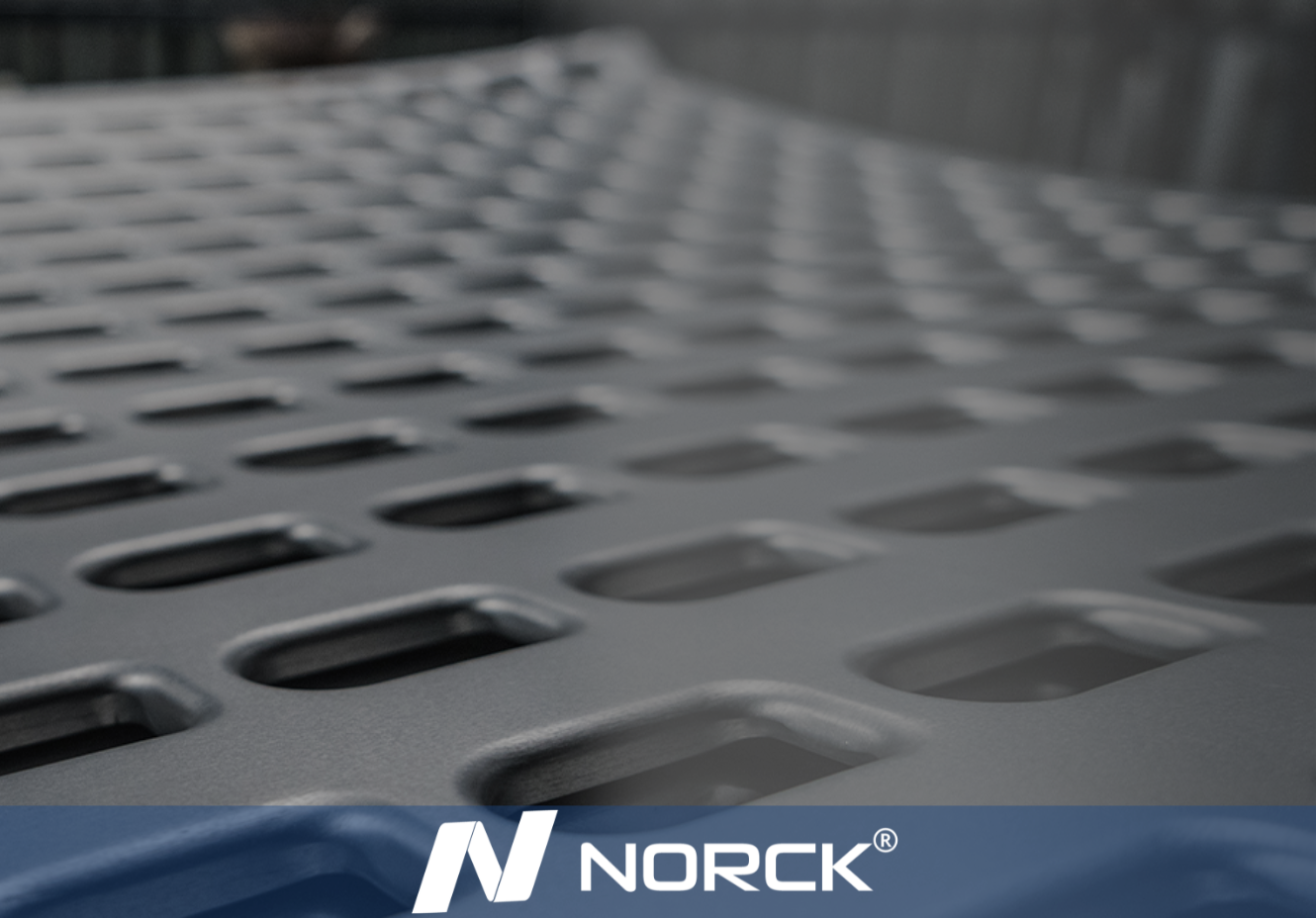
Norck's advanced technical and technological capabilities make it one of the most on-demand sheet metal fabrication companies across the world.
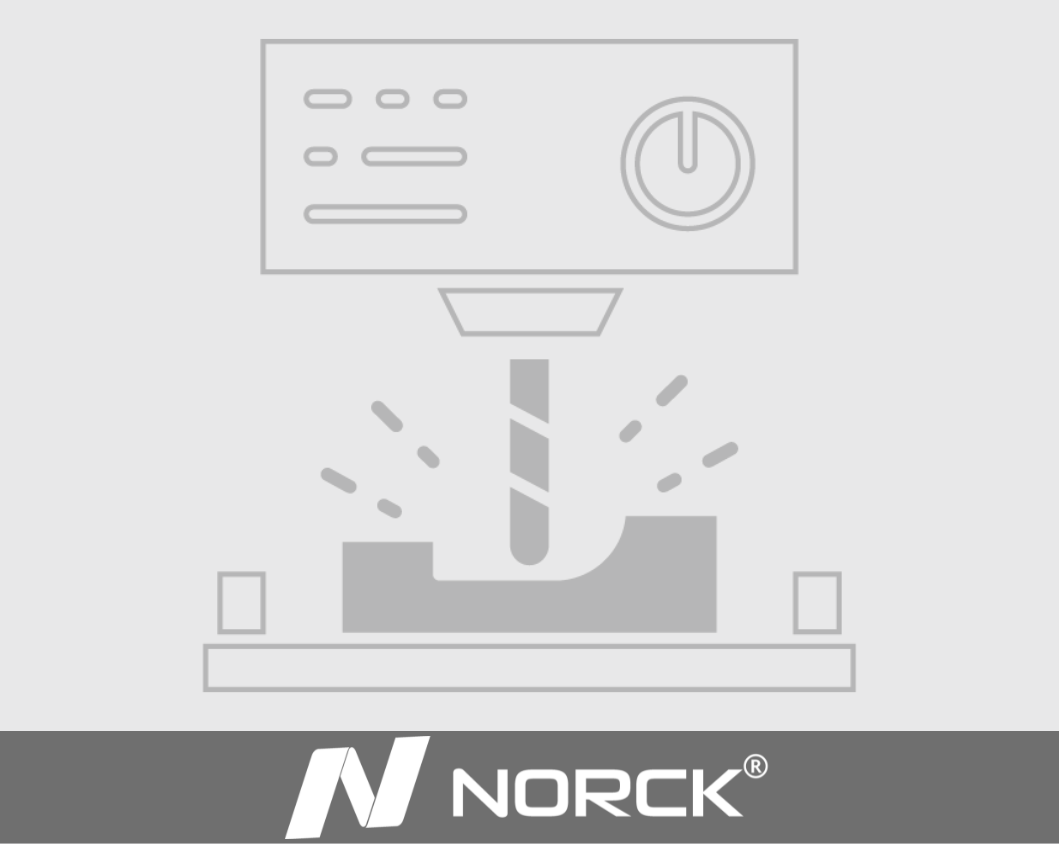
Looking for a reliable, lifelong supplier to manufacture your next custom metal parts? Click to learn more about Norck’s capabilities in On Demand CNC machining.
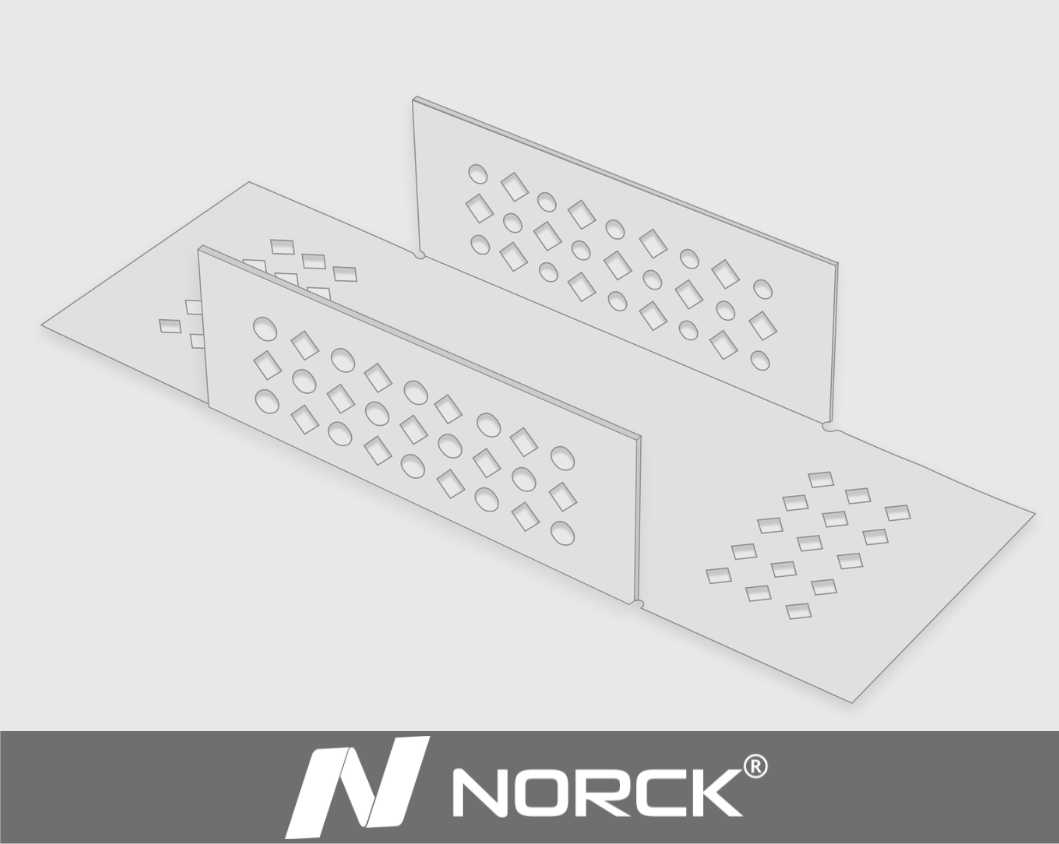
All industries including consumer products, electronics, energy, hardware, aerospace, defense, automotive, robotics, machinery are covered.
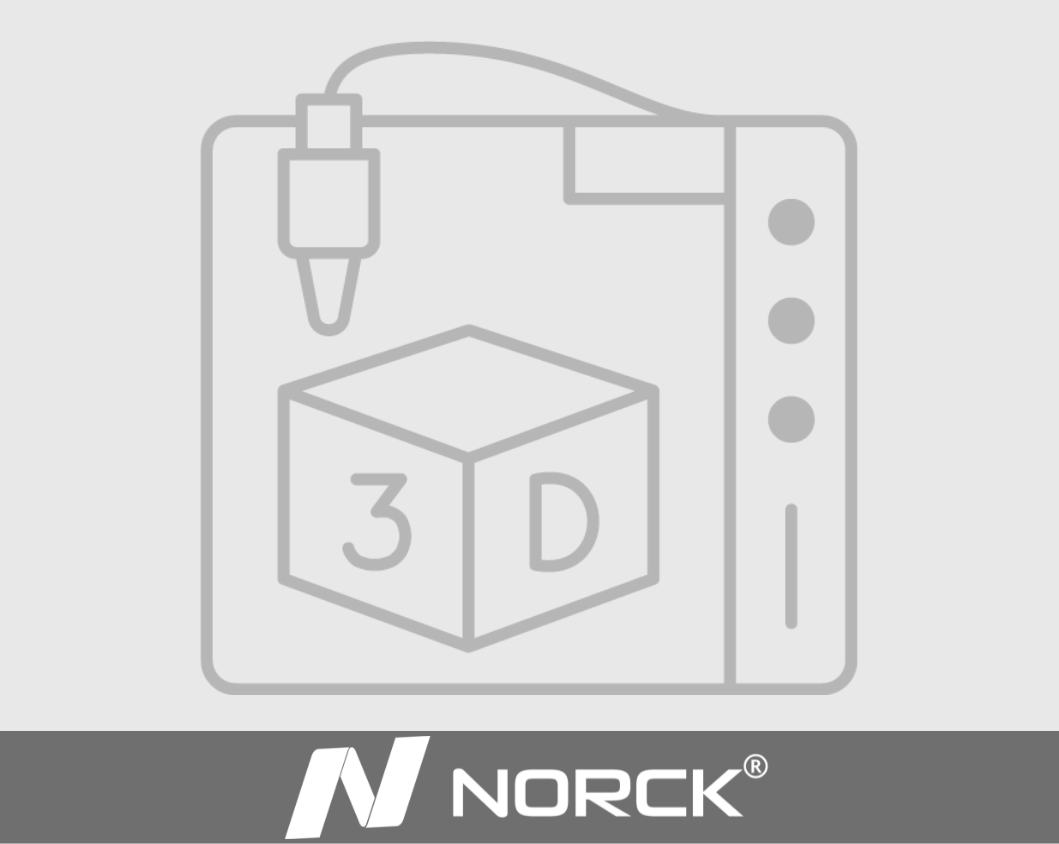
In a hurry to test before embarking on a full scale production or need high volume production? Turn to Norck for its advanced 3D printing and rapid prototyping services for your next project.
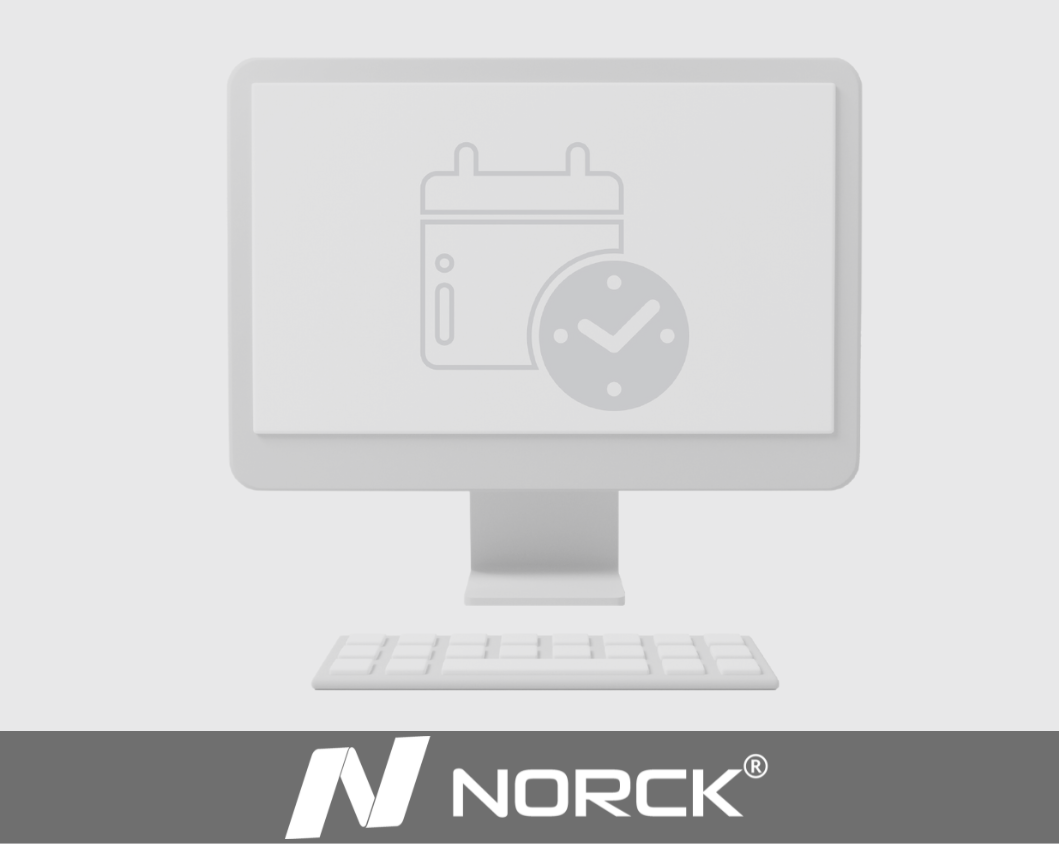
Get a quote for your next sheet metal part, custom part made with CNC machining, or 3D printing.